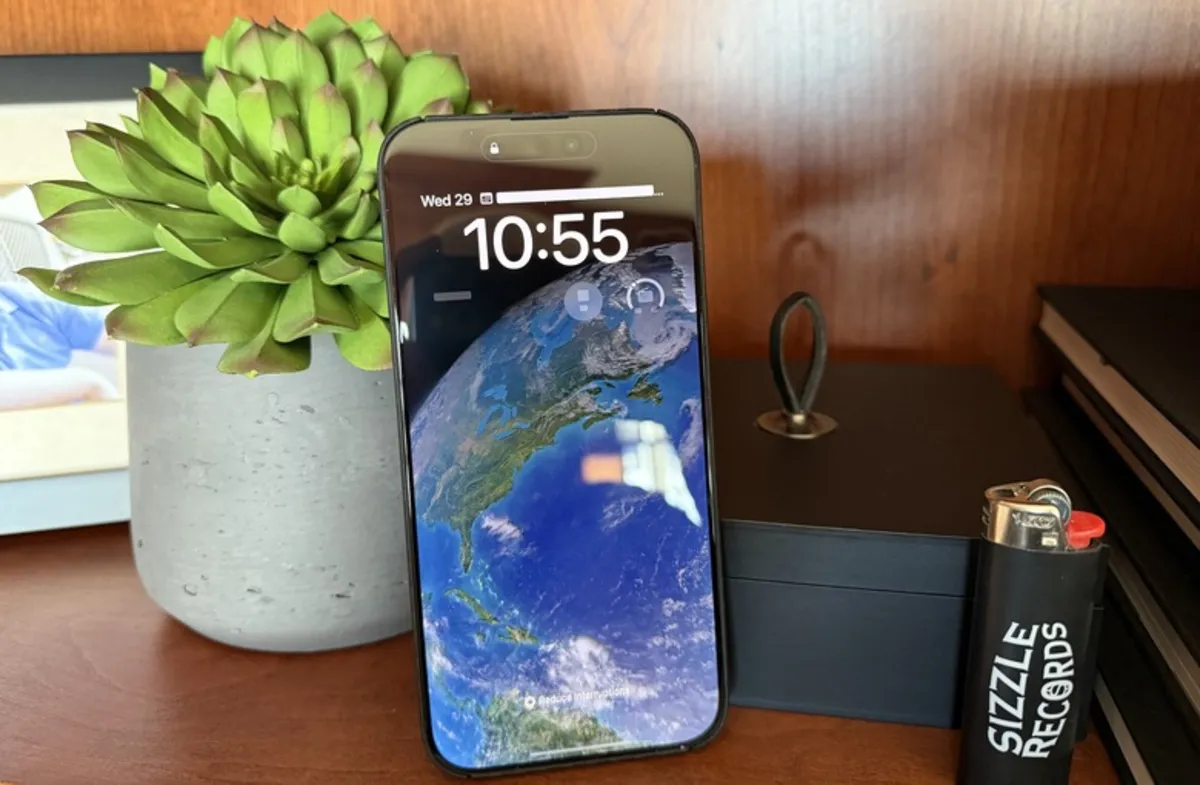
In recent years, Apple's iPhone releases have featured incremental improvements, including minor redesigns and moderate camera enhancements. Despite the gradual evolution, the iPhone has remained a powerhouse, generating nearly $70 billion in revenue for Apple during the last holiday quarter alone. Critics have consistently claimed that the iPhone has peaked, yet Apple's sales figures continue to defy these expectations.
One of the key reasons for the iPhone's sustained popularity is that consumers are holding onto their devices longer than ever before. As a result, many prospective buyers are comparing the iPhone 17 not just with the iPhone 16, but with older models such as the iPhone 11, 12, or 13. While annual improvements may appear modest, they become significantly impactful when viewed in aggregate. This durability of the iOS platform has contributed to the robust sales of the iPhone, even amidst skepticism from industry experts.
Apple's future iPhone roadmap is shaping up to be more intriguing than ever. If the recent releases have left you wanting more, there is good news on the horizon. Over the next few years, Apple is expected to unveil some of its most innovative and groundbreaking iPhone models since the launch of the iPhone X in 2017. But why is it taking Apple so long to deliver a truly game-changing new iPhone?
The answer lies in the nature of revolutionary products—they don't appear every year. Such innovations require extensive research and development, and their design and testing phases can take years to complete. With that in mind, let's dive deeper into what makes Apple's upcoming iPhone roadmap so exciting.
Arguably the most captivating model on Apple's product roadmap is the highly anticipated foldable iPhone. For years, rumors have circulated about a foldable iPhone, and it now seems that its release is imminent. Reports suggest that Apple's foldable device will resemble Samsung's Galaxy Fold more than the Galaxy Z Flip, opening up into a large-screen tablet rather than a compact flip phone. This design indicates that the selling points of Apple's foldable iPhone will focus more on productivity and entertainment rather than portability.
Apple is known for entering new markets only when it can produce a best-in-class device, which raises expectations for the foldable iPhone. Analyst Ming-Chi Kuo has indicated that Apple's foldable iPhone will feature a creaseless display, thanks to a collaboration with Samsung Display. This creaseless design will significantly enhance user experience by eliminating the visible creases found in current foldable models, which are often reported by users after just a few weeks of use.
While detailed specifications for the rumored iPhone Fold remain scarce, it is said to feature a 7.8-inch display. Recent reports have hinted at a launch timeline set for 2026, with a possibility of a 2027 release to celebrate the 20th anniversary of the original iPhone. Apple has a history of commemorating significant milestones with new product launches, making this timeline quite plausible.
Before the foldable iPhone makes its debut, we can anticipate the arrival of the iPhone 17 Air, expected to be released later this year. This model is rumored to be the thinnest iPhone ever, measuring just 5.5mm in thickness, which is notably slimmer than the iPhone 6, which measured 6.9mm. Additionally, the iPhone 17 Air is expected to be lightweight, weighing only 145 grams—lighter than the iPhone SE 2, which weighs 148 grams.
Notable specifications for the iPhone 17 Air include a 6.6-inch 120Hz ProMotion display, a titanium-aluminum hybrid frame, Apple's latest A19 processor, and an impressive 12GB of RAM. This positions the iPhone 17 Air closer to the iPhone Pro models rather than the entry-level versions. There are also rumors that this ultra-thin iPhone will feature Apple's C1 modem, which was introduced with the recently released iPhone 16e.
In addition to the foldable iPhone and the iPhone 17 Air, there are whispers that future iPhone models will eliminate the Dynamic Island feature altogether. Reports suggest that all sensors, including the camera, could be embedded beneath the display, leading to a truly all-screen iPhone. This innovation might debut as early as 2027 and could either be a key feature of the foldable iPhone or part of the regular iPhone 19 lineup.
With the introduction of the iPhone Fold, the ultra-thin iPhone 17 Air, and the potential elimination of the Dynamic Island, Apple's iPhone roadmap is packed with exciting possibilities. If you've felt uninspired by recent iPhone releases, the upcoming years promise a wave of innovation that is sure to rekindle your enthusiasm.